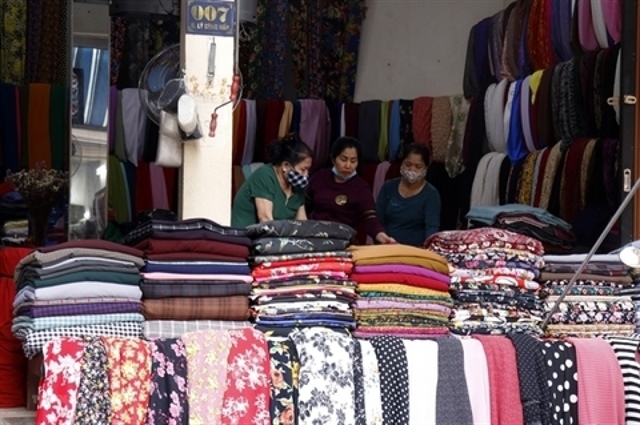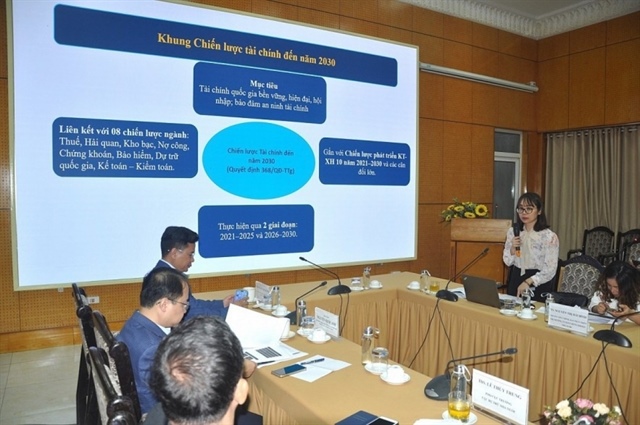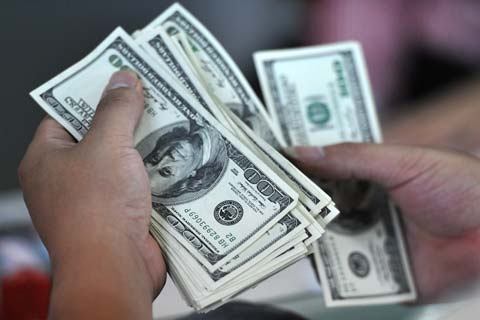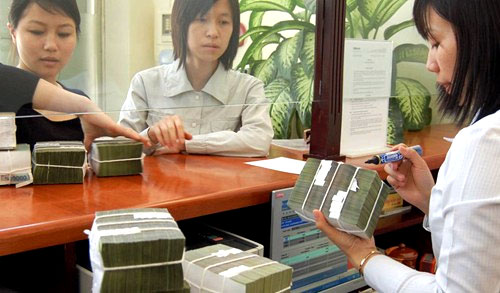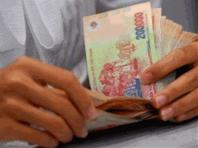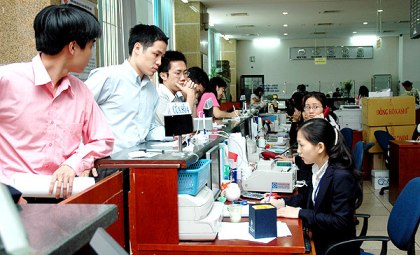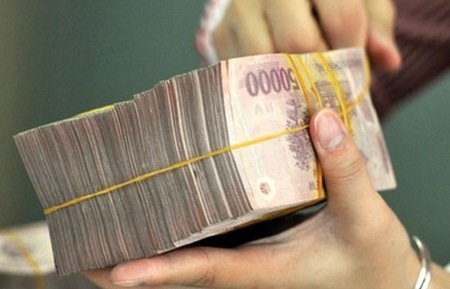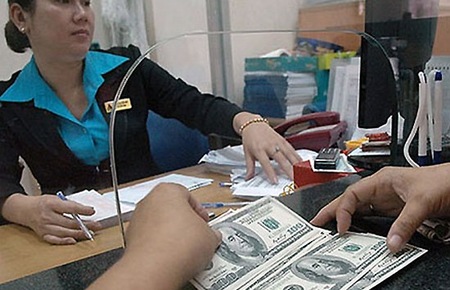Vietnam firms keep waiting for cheap loans
Vietnam firms keep waiting for cheap loans
Cheap funds have not reached local companies as interest rates remain high, despite the strong monetary measures taken by the central bank over the past three months.
Le Thi Tu Anh, chairwoman of GAP Agriculture JSC, said her company is still borrowing from banks at 16 percent a year.
The Ho Chi Minh City-based company is among beneficiaries of a policy that puts a limit on lending rates applicable to four backbone business categories: agriculture, exports, small-to-medium firms and the support industry.
The cap, set at 3 percentage points above the deposit rate cap, meant her company was eligible for interest rates of 15 percent early May and 14 percent now, but Anh said the banks have asked her to wait.
Even the new tax breaks announced by the government failed to provide any relief.
Anh said a reduction in corporate income tax payments means nothing to her company at the moment since it will have to wait to the end of the year to benefit from the tax cut, not to mention it may have no taxable earnings at all.
The company plans to build a new plant to process fruit for export that is estimated to cost between 200 and 300 billion dong. Unable to secure cheap loans from banks, it has been forced to put the project on hold.
For many other companies, news of falling interest rates gave them hope they could negotiate with banks to cut down borrowing costs on existing loans. It turned out much harder than they expected, since many lenders require all outstanding loans to be repaid first.
The director of a garment company said it borrowed nearly VND100 billion from a bank in 2011 to build production facilities at a rate of 18 percent. Now that interest rates have been lowered, he is trying to ask the bank to reconsider the rate, but to no avail.
“The facilities are used to making products for export, but we still can’t get low interests rates,” he said, requesting anonymity.
A survey by the Statistics Office in Ho Chi Minh City showed that 44 percent of companies in the city had to pay more than 19 percent for bank loans in the month ending May 10. Only 6.5 percent of exporters and 9.4 percent of small and medium enterprises had access to loans at preferential rates.
Vu Duc Dam, head of the government office, said banks will need to boost lending to support economic growth after loans shrank in the first five months.
There is still a lot of room for credit to expand, with the whole banking system allowed a credit growth of up to 17 percent in the remaining months of the year.
“Now the priority is to give the economy more money, extending credit by 2 percent each month,” he told a press briefing in Hanoi last Sunday.
Vietnam’s central bank on Monday cut interest rates by 1 percentage point for the third month in a row, bringing the refinancing rate to 12 percent and the discount rate to 10 percent. The deposit rate cap has also been reduced from 12 to 11 percent.
Several banks have announced rate cuts following the central bank’s move. State-owned Bank for Investment and Development of Vietnam, for instance, said creditworthy companies can apply for interest rates of 12-13 percent.
Bankers said they are not the ones to blame for low credit growth this year.
Nguyen Duc Huong, vice chairman of LienVietPostBank, said many companies have come to apply for loans since lending rates were capped at 15 percent last month. Most of these companies, however, are already in financial trouble and it is risky to lend to them, he said.
The irony is banks must beg good companies to take out loans but they refuse to, while weak firms really need money but are being turned down, Huong said.
A manager at Eximbank agreed that banks are cautious in lending because most companies are still struggling. Eximbank has set aside trillions of dong for exporters but only a few companies were given the loans.
Nguyen Thi Mui, a banking expert, said banks have lowered rates, but in reality companies do not have access to cheap loans.
Banks should consider cutting interest rates on outstanding loans or treat them as new loans so that local businesses can really benefit from recent rate cuts, she said.
Professor Le Tham Duong of the Ho Chi Minh City Banking University said the State Bank of Vietnam should bring down borrowing costs for a larger number of companies instead of limiting cheap loans to only certain sectors.
It is necessary to ease credit access for any business that can meet borrowing requirements of banks, he said.
Economist Tran Du Lich told legislators at a meeting last week that the government needs to order banks to increase lending in spite of bad debt risks they may incur.
When banks try to protect themselves and stop offering loans, businesses will be in even deeper trouble and the number of closures will surge, he said.
Despite concerns that the economy is slowing down, the government said it will not revise targets set for this year, aiming to control annual inflation at 7 to 8 percent and achieve economic growth of around 6 percent.
Production was narrowed after more than 17,000 companies halted production or shut down in the first four months of 2012, up 9.5 percent from the same period last year, according to official statistics. The index of industrial production rose an estimated 6.8 percent in May from the same month last year, compared to 7.5 percent recorded in April, the General Statistics Office said Monday.
Meanwhile, stockpiles are growing with the inventory index of major industrial manufacturing products increasing 29.4 percent in May from a year ago. That compares to 19.3 percent at the end of 2011.
thanhnien



